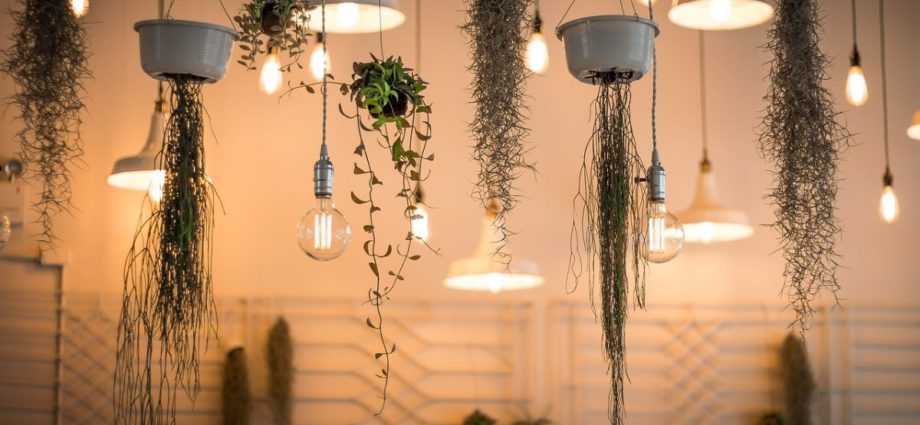When it comes to classic interior design, it’s all about creating a timeless space that exudes elegance, sophistication, and comfort. Achieving this balance can be a challenge, but with the right tips and tricks, you can transform any space into a classic haven.
One of the first things to consider when designing a classic interior is the colour palette. While neutral colours like beige, cream, and white are staples of classic design, you can also experiment with soft pastels and muted hues to add a touch of warmth to your space. It is important to incorporate a colour scheme that complements the room’s natural light and creates a harmonious atmosphere.

When choosing furniture for a classic interior, look for pieces that have simple, clean lines and are made from natural materials like wood, leather, and linen. Ornate carvings and embellishments are typically avoided in classic design, but you can add interest with textures like a woven rug or a knitted throw.
In a classic interior, the details make all the difference. Accessories like pillows, curtains, and artwork can add texture, depth, and personality to your space. Opt for classic patterns like stripes, checks, and florals, and add a few vintage-inspired pieces to create a sense of history and tradition.
Lighting is another crucial aspect of classic interior design. To create a warm and inviting ambience, use a mix of overhead and accent lighting. Chandeliers and sconces can add elegance and sophistication, while table lamps and floor lamps provide a cosy glow. London interior designers have a keen eye for lighting and can help you choose the right fixtures to create the perfect mood in your space.
If you’re looking to add some personality to your classic interior, consider adding a few pieces of statement furniture. A bold sofa or an eye-catching accent chair can become the focal point of your space and add a touch of personality. Keep the rest of your furniture simple and classic to balance out the statement piece.
When it comes to classic interior design, the devil is in the details. Pay attention to the small things, like the hardware on your doors and cabinets, and make sure they are cohesive with the overall aesthetic.
When designing a classic interior, it’s important to create a sense of flow and balance. Consider the traffic flow in your space, and make sure your furniture placement allows for easy movement. Group furniture together in conversational arrangements, and use area rugs to define different zones in your space.
While classic interior design is often associated with residential spaces, it can also be applied to commercial spaces like retail stores. Retail design London experts know that creating a classic interior can help establish a sense of trust and credibility with customers. By using classic design elements like neutral colours, natural materials, and elegant lighting, retailers can create a space that feels timeless and sophisticated.
When designing a classic retail interior, it’s important to consider the customer experience. Make sure the layout of your store is easy to navigate, and use displays and signage to guide customers through the space. Lighting is also crucial in a retail environment, as it can help highlight your products and create a warm and inviting atmosphere.
Always remember that when it comes to classic interior design, there are a few key principles to keep in mind. Pay attention to the colour palette, furniture selection, and lighting, and don’t forget the importance of the small details. By following these tips, you can create a timeless and elegant space that feels both welcoming and sophisticated. Whether you’re designing a residential or retail space, the principles of classic design can be applied to create a space that stands the test of time.





